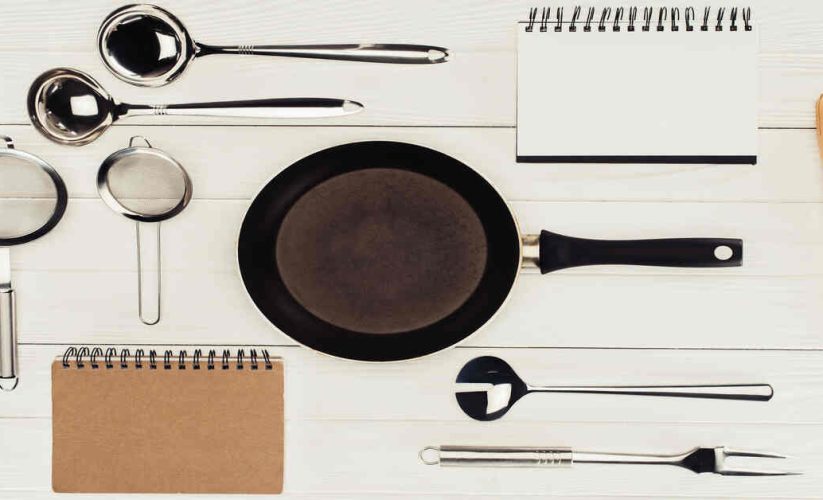
Perfect Pairings: Master Food and Drink Combinations
Food and drinks do not just belong to professional chefs or sommeliers. It is possible with the help of a few simple rules to learn how to put together the flavors that complement each other. During a dinner party, when you are cooking at home, or you are just having an ordinary meal at home, knowing tips of food and drink pairing can make that meal something that you will remember.
The guide will enable you to master the principles of wine and cocktails with tea and mocktails with meals so that you could cook, drink, and enjoy like a professional.
Why Pairing Matters
The correct beverage does not simply go well with food, it adds to it. When matched well, drinks are a way of emphasizing flavors, matching richness, and even cleansing the palate. The example here is that crisp sparkling water or light white wine can slice through the creaminess of pasta whereas bold red goes with the richness of grilled meat.
There is no specific set of rules to learn how to pair but to know how flavors work together.
The Four Basic Pairing Principles
1. Match Intensity
The initial law of matching is equality. Light food such as salads or seafood will be fine with light beverages whereas heavy and rich food requires heavy drinks. A light tea made out of herbs would be wasted in the presence of a steak, yet it will be ideal to light snacks or desserts.
2. Complement or Contrast
Pairing can go two ways, complementary or contrasting.
- Complementary pairing means matching similar flavors, like citrusy fish dishes with lemony white wine.
- Contrasting pairing means using opposite profiles, like sweet iced tea with spicy barbecue, to balance heat and sweetness.
3. Consider Texture and Temperature
The interaction of food and drink is influenced by temperature and mouthfeel. A spicy curry is better accompanied with a cold drink such as lassi that is made of yogurt or cold beer. However, creamy soups are complemented by crisp sparkling water or wine with acidic properties to give the palate a refreshing bite.
4. Focus on Flavor Bridges
Flavor bridges ingredients that combine food and drink. As an example, basil, rosemary, or citrus zest may be used as a match between a dish and a beverage. In case your entree has lemon, have a lemon-flavored sparkling water or cocktail to make a hint.
Pairing Ideas for Everyday Meals
Breakfast and Brunch
- Pair pancakes or French toast with freshly brewed coffee or orange juice.
- Savory brunch dishes like omelets or avocado toast go well with herbal teas or light smoothies.
Lunch Pairings
- Salads and sandwiches pair beautifully with iced teas, lemonades, or sparkling water.
- Grilled chicken or seafood works with citrus-infused waters or white wines like Sauvignon Blanc.
Dinner Pairings
- Red meats: Bold reds like Cabernet Sauvignon or Malbec complement rich, savory flavors.
- Seafood: Try light white wines or crisp lagers.
- Pasta dishes: Tomato sauces pair with medium-bodied reds, while creamy sauces suit Chardonnay or sparkling water with lemon.
Dessert Pairings
- Chocolate desserts match perfectly with espresso, dessert wines, or even dark beers.
- Fruit tarts or lighter sweets pair beautifully with herbal teas or rosé wines.
Non-Alcoholic Pairing Options
Not all great pairings require alcohol. Non-alcoholic beverages can be just as flavorful and sophisticated:
- Sparkling Water: A great palate cleanser between bites.
- Herbal Teas: Chamomile, mint, or hibiscus teas enhance lighter dishes and desserts.
- Mocktails: Use fruit juice, herbs, and soda water to create refreshing pairings.
- Kombucha: Its tangy flavor pairs well with Asian dishes or grilled vegetables.
Experimenting with these drinks gives you endless ways to make mealtime exciting without alcohol.
Pairing by Cuisine Type
Different cuisines offer unique opportunities for beverage pairing.
- Italian: Wine and sparkling water complement tomato-rich dishes.
- Mexican: Margaritas or citrus mocktails balance spicy, zesty flavors.
- Asian: Green tea and sake work well with sushi or stir-fries.
- Indian: Sweet lassi or spiced chai helps cool spicy curries.
- Mediterranean: Herbal teas, red wines, or citrus-infused drinks highlight olive oil and seafood-based dishes.
Knowing the general flavor profile of a cuisine helps you pick beverages that elevate your meal naturally.
How to Develop Your Palate
It is a science, a sort of intuition, and the more one practices the better one becomes at pairing. Begin by eating along with drinking and observing their interaction.
Ask yourself:
- Does the food taste better or worse with the drink?
- Does it cleanse your mouth or sicken it?
- Are the flavors conflicting or in cause and effect?
With time, you will begin to see patterns which will govern your future pairings with confidence.
Tips for Hosting Pairing Dinners
If you love entertaining, hosting a pairing dinner can be a fun way to share your newfound skills.
- Keep the menu simple, three to four courses are plenty.
- Offer both alcoholic and non-alcoholic options for each course.
- Provide guests with small tasting portions rather than full drinks.
- Encourage everyone to describe what they taste, it makes the experience interactive and memorable.
FAQs
1. How do I choose the right drink for a meal if I’m not sure what works?
Begin with the intensity rule, equal the force of your food and drink. As an example, light meals should be accompanied with light drinks, such as white wine or iced tea, whereas heavy meals should be accompanied by more aggressive drinks, such as red wine or dark beer. However, after some time, you will automatically know what best accompanies your favorite dishes just by trial and error.
2. Can I still create great pairings without using alcohol?
Absolutely! Alcohol-free drinks are equally thrilling. Experiment with matching herbal teas, kombucha, sparkling water flavored with fruits or even mocktails with meals. It is about flavors and textures, i.e. having a spicy stir-fry with refreshing mint lemonade or a citrus mocktail to neutralize the spiciness and add some freshness.
Final Thoughts
Good matches do not depend on the wines and fancy gadgets but depend on inquisitiveness and readiness to dive in. These are just a few of the basic rules of food and beverage pairing that you follow in order to start appreciating how flavor, taste, and smell combine to make every meal better.You want to have a simple lunch or you want to have a fancy dinner, intelligent choices of dishes can make an ordinary meal exceptional. So pour, taste, and feast, one sweet wine with another.


